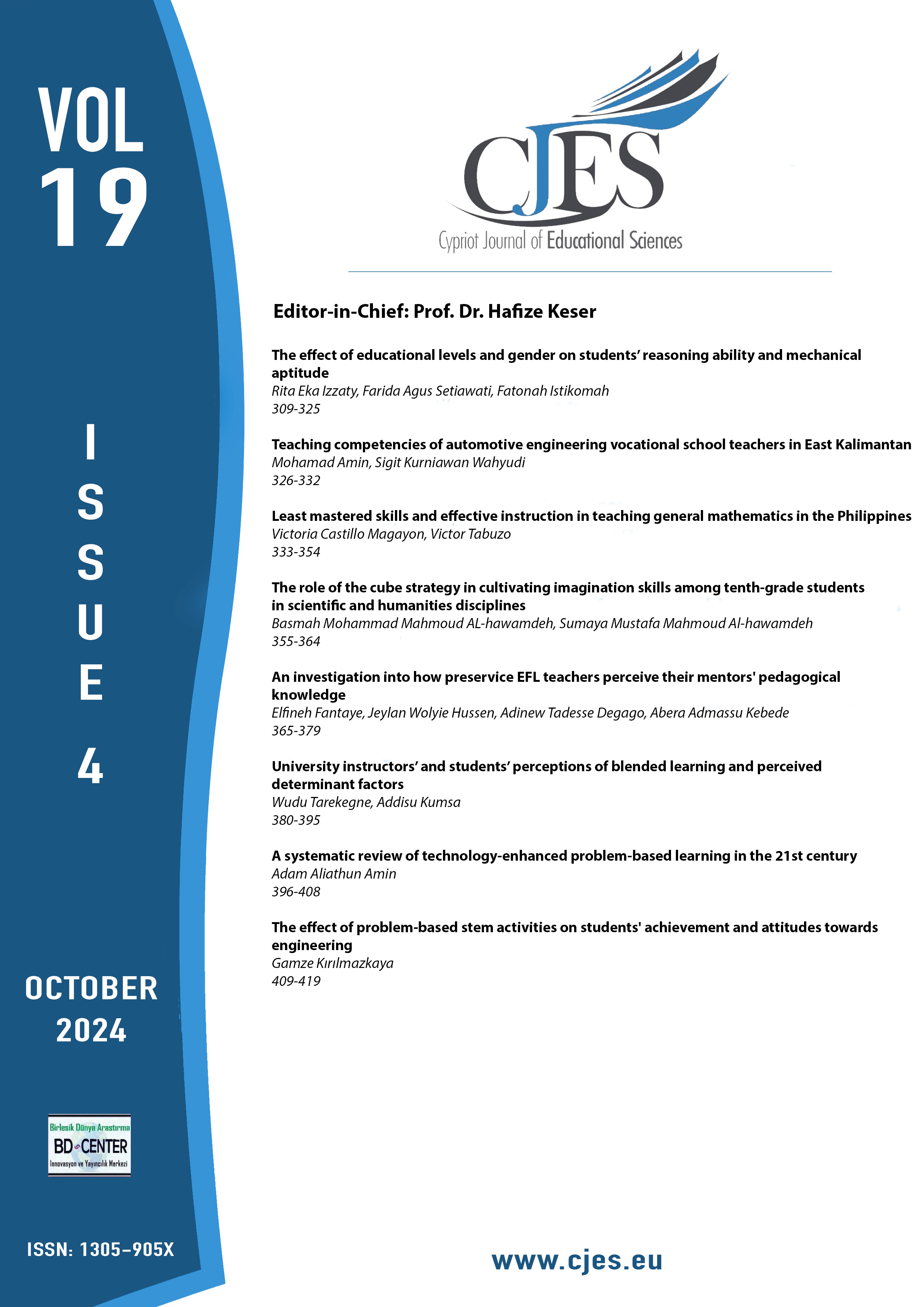University instructors’ and students’ perceptions of blended learning and perceived determinant factors
Main Article Content
Abstract
The purpose of this study was to examine the perceptions of instructors and students towards blended learning and perceived determinant factors at Jimma University. A concurrent mixed-methods research design was used. Data were collected from 145 students and 70 instructors by using questionnaires and interviews. The findings showed that both instructors and students confirmed the lack of facilities, lack of technological knowledge, and instructors’ lack of technological pedagogical knowledge. On the other hand, both instructors and students believed that the BL approach had a positive impact on students learning. In addition, the major challenges identified were teachers’ increasing workload, lack of access to internet connections, non-compliance of learners’ educational backgrounds to permit effective use of BL, non-suitability of the approach for all learning styles, slow internet connectivity, lack of organization of blended learning materials, and lack of IT knowledge. Based on the findings of the study, it is recommended that the concerned university officials give thoughtful attention to the provision of necessary facilities to implement BL and design appropriate training and capacity-building programs for university instructors and students to increase students' and instructors’ knowledge and skills in technology use.
Keywords: Blended learning; challenges; determinant factors; instructors; perceptions
Downloads
Article Details

This work is licensed under a Creative Commons Attribution 4.0 International License.
Cypriot Journal of Educational Sciences is an Open Access Journal. The copyright holder is the author/s. Licensee Birlesik Dunya Yenilik Arastirma ve Yayincilik Merkezi, North Nicosia, Cyprus. All articles can be downloaded free of charge. Articles published in the Journal are Open-Access articles distributed under a CC-BY license [Attribution 4.0 International (CC BY 4.0)].
Birlesik Dunya Yenilik Arastirma ve Yayincilik Merkezi (BD-Center)is a gold open-access publisher. At the point of publication, all articles from our portfolio of journals are immediately and permanently accessible online free of charge. BD-Center articles are published under the CC-BY license [Attribution 4.0 International (CC BY 4.0)], which permits unrestricted use, distribution, and reproduction in any medium, provided the original authors and the source are credited.

